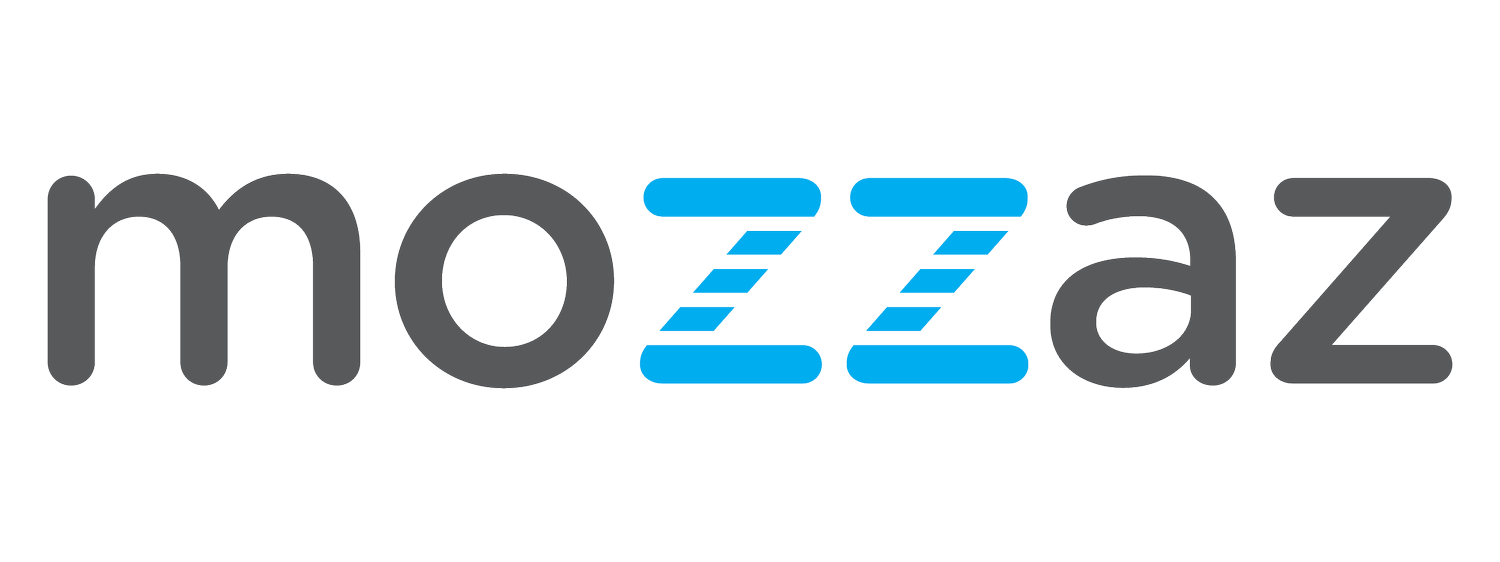Can Digital Health Help Fight the Mental Health Crisis?
In the aftermath of the Florida shooting, the United States found its focus trained on the mental health crisis that plagues the country. Counted among conditions commonly referred to as requiring ‘complex care’, mental illness presents itself with other problems such as substance use disorder (SUD) and chronic pain in over 50% of cases. The complex and chronic nature of these needs presents various issues in the current treatment landscape, which digital care can both improve and augment.
But first, a closer look at the problem.
Prevalence of Mental Illness
Roughly 18 percent or 43.4 million adults in the United States suffer from some form of mental illness, including mental, behavioral, or emotional disorders, but excluding developmental and substance use disorders. They occur in over a fifth of adults aged 18 to 49 and were found to be more prevalent among women than men. Phobias and major depression are the most commonly occurring mental illnesses among adults, while ADHD is the most common among children.
In the early 2000s, over half of those incarcerated in state and local prisons was diagnosed with a mental health problem within a year. Additionally, serious mental illness, substance abuse, or both, may affect up to half of the adults in homeless shelters.
Mental health is among the leading causes of disease burden in the U.S. Among comparable countries, the U.S. also has the highest rate of death from mental health.
Current Levels of Access to Care
Even given this, about 35 percent of adults with serious mental illness are not receiving mental health treatment. One in five Americans report that they or a family member did not receive needed mental health services. In addition, with time, fewer adults experiencing serious psychological distress are seeing or speaking with a mental health professional.
What is preventing people who need care from accessing it?
Barriers to Care and the Role of Digital Technology
At the turn of the century, a staggering 60% of patients with psychiatric disorders were receiving no treatment. Surveys indicate that lack of clinical time and that of means to ensure that medications and visits are being continued are contributing factors here.
Digital care technology, by means of offering treatment and coaching through mobile devices and measuring outcomes via wearables, addresses a number of these concerns that are present in the current mental health treatment landscape.
Barrier #1: Challenges in Preventative Care
Mental illness by its nature is complex, in that multiple conditions often present themselves simultaneously in an individual (e.g. depression and anxiety) and patients are often part of multiple systems (e.g. the child welfare system and the juvenile justice system). This means that, over time, they have to move between providers to receive adequate care, which then disrupts the continuity of care.
Digital care enables access to complete patient records and disease history through any device. It addresses the issue of disparate data sources through increased collaboration between payers, providers, patients, and caregivers.
Barrier #2: Cost of Care
Thirteen percent of those reporting foregoing mental health care said they could not afford the cost, making cost the most commonly reported barrier to using mental health services. Additionally, around 12% of those who report foregoing mental health care do so because their insurance wouldn’t cover it. Episodic care can be expensive and multiple visits add up.
Real-time monitoring ensures care can be provided when and where it is required. This, in turn, reduces the need for expensive episodic care, thus reducing costs to individuals by not requiring multiple--potentially lengthy--visits to a clinician or care provider.
Telehealth and remote mobile care services further reduce costs for remote populations such as individuals in rural and far-flung parts of the country.
Barrier #3: Lack of Clinical Resources
Another major obstacle is the lack of mental health professionals and treatment centers to meet the needs of millions of Americans. By providing more clinical time in a flexible manner, telehealth enables care extension to remote populations. By automating data collection, it also reduces the paperwork providers have to do, thereby allowing them to spend more clinical time with the patients who need it most. Prioritization of care delivery is further enabled by capturing each patient’s need quickly.
Barrier #4: Challenges in Preventative Care
Digital technology enables preventative care. Intelligent alerts from data collected through mobile devices and wearables notify the care team about the potential need for an intervention. This information is then used to identify patients who may need intensive care or to intervene in a timely manner before an adverse event occurs.
Thus, by removing the constraints that stand in the way of delivering care and allowing to move beyond paper-based documentation that restricts the transfer of information between providers, digital care takes the mental health system in the country to the next level of integration, personalization, flexibility and, ultimately, effectiveness.
Visit www.mozzaz.com/solution to learn more about the Mozzaz digital health solution.

